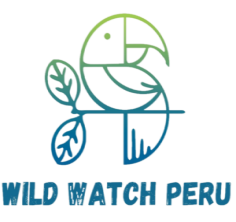Manu Road Then and Now: A Local Guide’s View
I have guided along the Manu Road since 2005, when it was still unpaved, demanding, and exceptionally productive for birding. At that time, traffic operated on a defined schedule that suited the narrow cloud-forest sections: Mondays, Wednesdays, and Fridays from Cusco toward Patria, Pilcopata, and Salvación (and beyond); Tuesdays, Thursdays, and Saturdays in the opposite direction; with Sundays remaining the quietest, open either way with minimal flow. Those predictable pauses between vehicles—often following light rainfall—regularly revealed antpittas in the understory and Mountain Toucans, Quetzals calling at close range.
Change is inevitable. Manu Road lies within the buffer zone, and as local populations have grown, so have infrastructure needs. Maintenance has improved, and that progress is significant. However, I have also observed notable effects on field conditions.
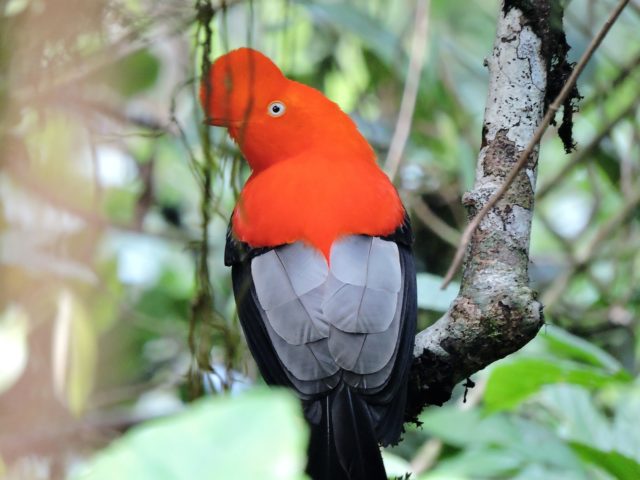
Heavy machinery periodically operates in areas important for localized species, and since paving, the number of small vehicles has increased substantially. The Cusco–Patria journey now takes roughly five hours, which is efficient but brings more traffic and noise.
On single-lane, sharply curving segments, drivers frequently use their horns to signal. While there is no formal monitoring of this, my observations over many years—before and after paving—indicate that several shy species once reliable along the roadside are now more difficult to detect.
Most birding in the Manu Cloud Forest happens right along Manu Road. The terrain is steep, so there are very few side trails with open views into the canopy. Some lodges have short trails, but these are mainly good for understory birds like antpittas, tinamous, and tapaculos, not for wide viewing. In practice, birders spend most of their time slowly working the bends and edges of the road, where birds mixed flocks pass by.
This is not a dismissal of Manu Road. On extended itineraries that continue to the Amazonian lowlands, it remains a world-class route. Nevertheless, when clients request a focused 3–4 day birding experience—prioritizing quieter conditions, a natural setting, and higher probabilities for key targets—I recommend the Vilcabamba approach, centered on Abra Málaga and the Espíritu Pampa foothills. For short tours, this area offers calmer fieldwork, strong habitat diversity, and a high concentration of Andean specialties, without the constant roadside disturbance.

What follows reflects my field-tested perspective: why Vilcabamba has become my preferred recommendation for short birding trips from Cusco, which target species are realistic, and how to integrate cultural highlights such as Vitcos (Ñusta Hispana/Yuraq Rumi) and Espíritu Pampa. These recommendations are informed by a lifetime in Manu and many years guiding through both periods of change.
Vilcabamba as an Optional Alternative to Manu Road:
As a local guide from Manu who has worked both routes for years, I still respect Manu Road’s legendary status. But when you only have 3–4 days and want quieter roads, a natural setting, and a high chance at Andean specialties, I recommend the Vilcabamba range—anchored by Abra Málaga with a foothill taste toward Espíritu Pampa—as the ideal optional route.
Why Vilcabamba Excels for Short Birding Trips
- Better concentration of Andean endemics: Around Abra Málaga, range‑restricted species are packed into a compact area, so targets are more efficient than the often scattered endemics along Manu Road—especially on a quick trip.
- Quieter, more productive field conditions: With lower traffic and far less horn use, Vilcabamba’s roads give shy understory birds space to show. It’s a calmer, more natural soundscape that rewards patient birding.
- Flexible logistics and growing value: Only 5 hours from Cusco via the Sacred Valley and Ollantaytambo, with an expanding selection of guesthouses and small lodges in Ollantaytambo and Quillabamba—usually at friendlier rates than mid‑elevation hotels on Manu Road.
- Cultural highlights without the crowds: It’s easy to blend top‑tier birding with meaningful Inca history at Vitcos (Ñusta Hispana/Yuraq Rumi) and, conditions permitting, the Espíritu Pampa area—without detouring far or losing birding time.
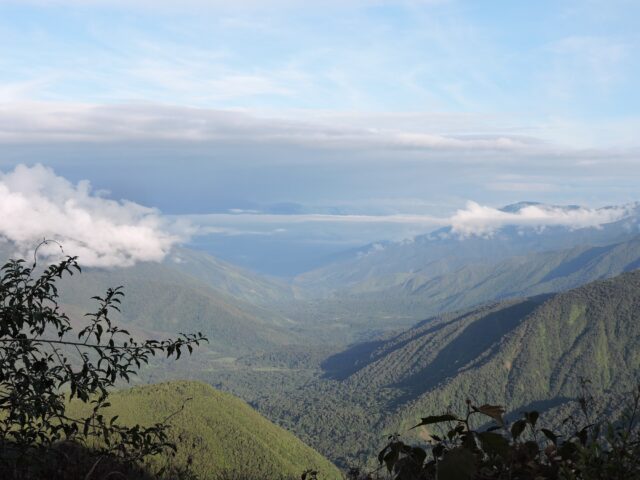
Quick comparison for a 4‑day window
- Endemic richness: Vilcabamba is very high, with numerous range‑restricted specialties; Manu Road has high overall diversity but tends to yield fewer endemics in a short timeframe.
- Habitats sampled: Vilcabamba offers polylepis–puna, elfin and montane forest, bamboo, plus a foothill taste; Manu Road focuses mostly on mid‑elevation cloud forest along the main road.
- Disturbance: Vilcabamba has lower traffic and noise; Manu Road now sees heavier vehicle flow and frequent horn use.
- Lodging and cost: Vilcabamba offers growing, affordable options with flexible access; along Manu Road, cloud‑forest lodges are fewer and typically cost over USD 300 per night for double occupancy—excluding additional guide and driver lodging rates.
- Cultural sites: Vilcabamba lets you include Vitcos, Espíritu Pampa, and Huamanmarca for a briefly stop; Manu Road has few archaeological stops en route. Best Birding Locations in Cusco
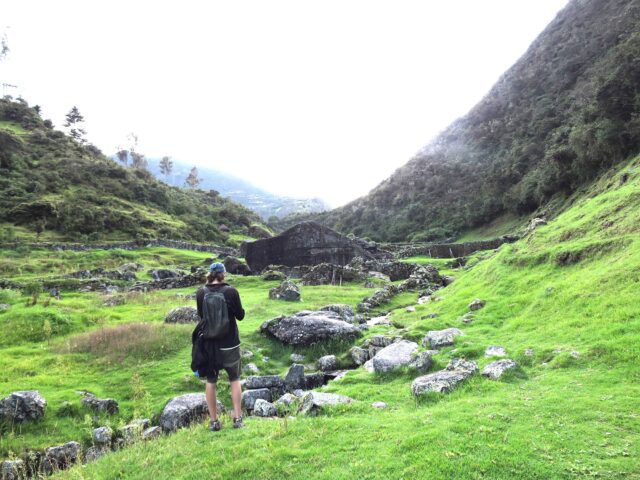
On the other side:
- Manu Road’s full magic is best on longer itineraries that continue to the Amazon lowlands—something most 3–4 day trips can’t include.
- New paving has increased traffic and roadside noise, making many shy species harder to see on short, road‑based visits.
- Lodging options can be fewer and pricier, and there are fewer opportunities to mix in cultural sites without losing birding time.
Note on eBird Lists:
Because Manu Road is an easily accessible, open route, its hotspots have been fed for years by a high volume of casual observers on the eBird platform—ranging from beginners to experienced birders. This long‑term, mixed‑skill contribution produces very large species totals, but also introduces a measurable rate of misidentification and weakly supported records in difficult groups. In contrast, Vilcabamba hotspots are still comparatively under‑birded and under‑reported on eBird, so their current totals likely underestimate the true diversity, even though the records tend to be more carefully vetted.
Key bird species and habitats in Vilcabamba
- High‑Andean/Polylepis–Puna specialists: • Royal Cinclodes (critically endangered) • White‑browed Tit‑Spinetail, Ash‑breasted Tit‑Tyrant • Vilcabamba Thistletail • Puna Tapaculo, Line‑fronted Canastero
- Montane cloud forest and bamboo: • Inca Wren (Urubamba specialty) • Red‑and‑white Antpitta, Urubamba Antpitta, Undulated Antpitta • Cusco Brushfinch, Marcapata Spinetail • Andean Cock‑of‑the‑Rock, Crested and Golden‑headed Quetzals, Wattled Guan, Johnson’s Tody-Flycatcher
- Hummingbirds and add‑ons: • Sword‑billed Hummingbird at Ensifera Camp • Bearded Mountaineer and Giant Hummingbird near Ollantaytambo
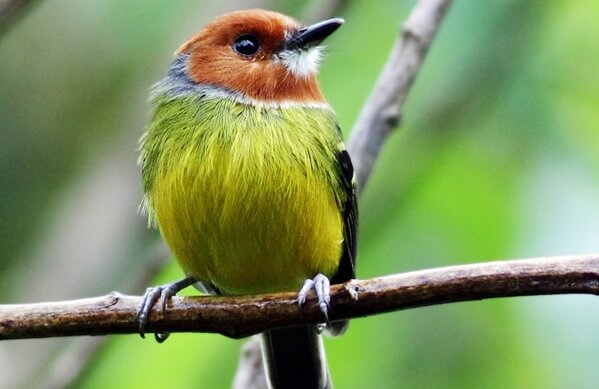
Culture and birding synergy
- Start from Ollantaytambo to acclimatize comfortably and enjoy easy hummingbird watching.
- Add Vitcos (Ñusta Hispana/Yuraq Rumi) and, where road conditions allow, Espíritu Pampa for a rewarding blend of archaeology and birdlife. Best Birding Locations in Cusco
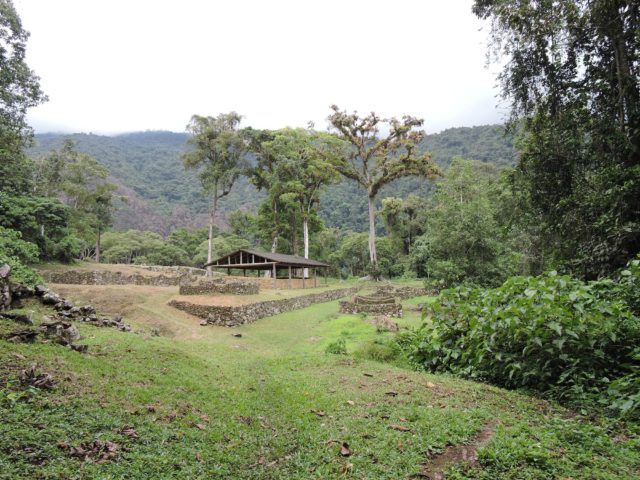
Practical considerations
- Best season: Productive all year; May–September (dry season) offers the most stable conditions.
- Acclimatization: Overnight in the Sacred Valley before an Abra Málaga dawn for a smoother altitude transition.
- Ethical birding: Use playback sparingly—especially with antpittas and Royal Cinclodes—and support community‑run lodges and local conservation.
- Updates: For recent records, check the Vitcos (sendero Huancacalle) eBird , Hotspot and the Espíritu Pampa eBird list.
For a focused, 4‑day birding window from Cusco, Vilcabamba is my recommended optional route to Manu Road. You’ll target more Andean endemics in a compact area, enjoy quieter, more natural field conditions, and benefit from smoother logistics and cultural depth—all of which translate into a higher‑yield, more satisfying short trip. Best Birding Locations in Cusco



